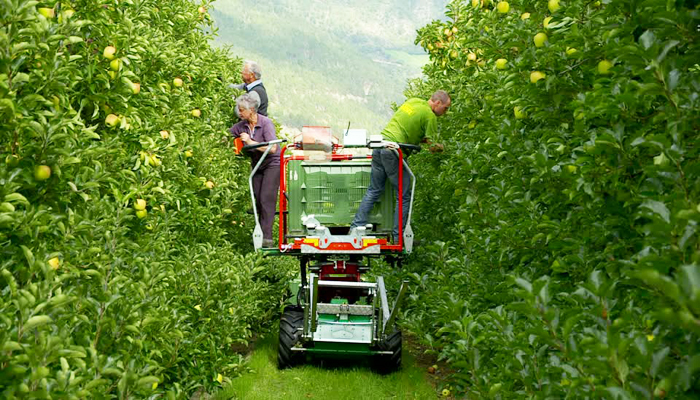How Leading Data Privacy Services Protect Your Digital Footprint?
Leading data privacy services play a crucial role in safeguarding your digital footprint in an increasingly interconnected world. These services employ a variety of sophisticated techniques to ensure that your personal information remains secure and your online activities remain private. One of the primary ways they achieve this is through encryption. By encrypting your data, these services scramble it into unreadable code that can only be decrypted with a specific key, ensuring that even if intercepted, your information remains inaccessible to unauthorized parties. Moreover, data privacy services often utilize advanced authentication methods such as multi-factor authentication MFA to add an extra layer of security. MFA requires users to verify their identity through multiple steps, such as entering a password, receiving a code on their phone, or using biometric information like fingerprints. This significantly reduces the risk of unauthorized access, as it becomes much harder for cybercriminals to breach these multiple barriers.
Furthermore, leading services employ robust policies and technologies to anonymize your data whenever possible. This means stripping away personally identifiable information PII from datasets, so that even if data is shared or analyzed, it cannot be traced back to individual users. This practice is particularly important in the age of big data, where large volumes of information are collected and analyzed for various purposes. Another key aspect of protecting your digital footprint is through secure browsing tools. Data privacy services often offer features like virtual private networks VPNs that encrypt your internet connection and mask your IP address. This not only enhances your online privacy but also helps bypass geo-restrictions and censorship. Additionally, secure browsers and extensions block tracking cookies and prevent websites from collecting your browsing history, thereby minimizing the digital traces you leave behind.

Moreover, proactive monitoring and alerts are integral to these services. They continuously scan the dark web and other sources for any signs of your personal information being compromised. If any suspicious activity is detected, such as your credentials being leased or sold, you are promptly alerted so that you can take immediate action to protect yourself, such as changing passwords or freezing accounts. Education and awareness are also part of the arsenal of leading data privacy services. They provide resources and tips on best practices for online security, helping users understand potential risks and how to mitigate them. This empowers individuals to make informed decisions about their digital behavior and take proactive steps to enhance their privacy.
Lastly, compliance with stringent privacy regulations such as GDPR in Europe or CCPA in California is crucial for these services. The Data Privacy Blog ensure that they operate within the legal frameworks designed to protect consumer data rights, which includes transparent data handling practices and user consent mechanisms. In conclusion, leading data privacy services employ a comprehensive approach to protect your digital footprint. Through encryption, authentication, anonymization, secure browsing tools, proactive monitoring, education, and regulatory compliance, these services strive to safeguard your personal information from unauthorized access and misuse. By leveraging these technologies and practices, individuals can navigate the digital landscape with greater confidence, knowing that their privacy is being actively safeguarded.





